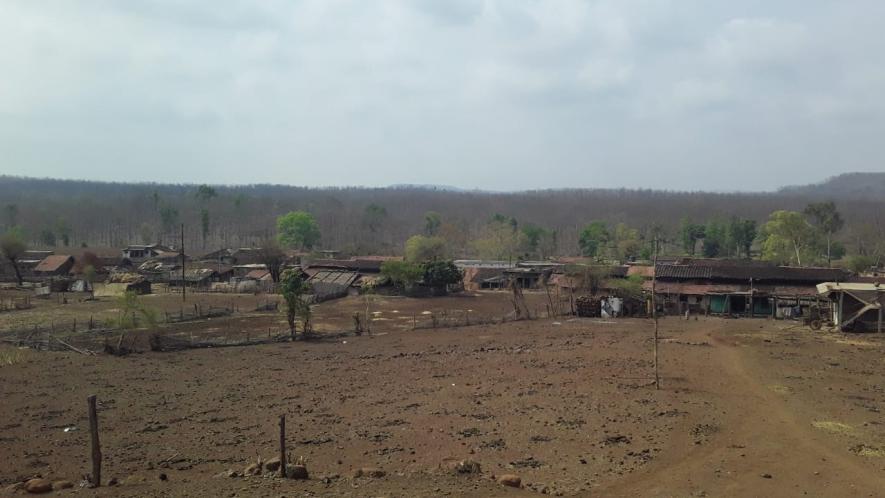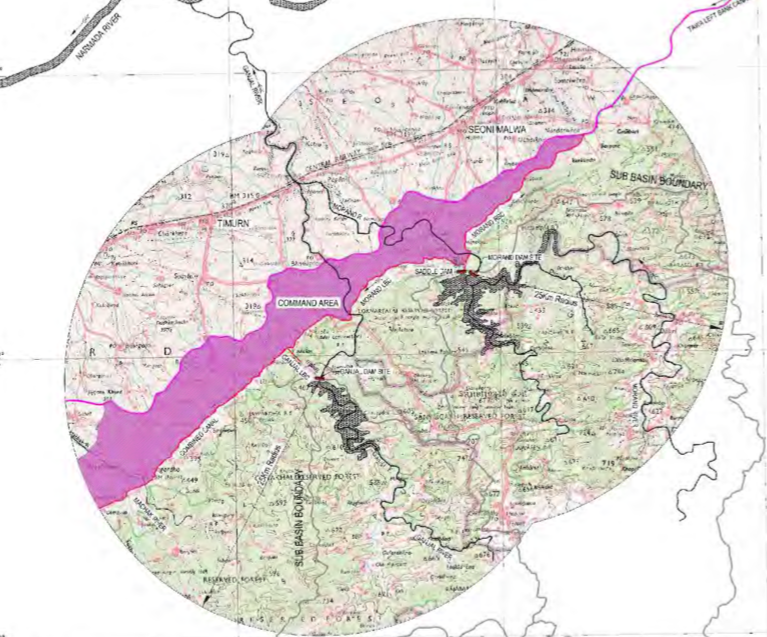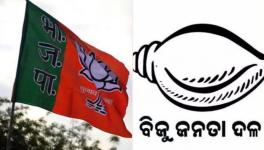Tribal Resistance Gains Momentum Against Ganjal Moran Dam in MP

Despite the change of guard in Madhya Pradesh, development projects that threaten the lives of the indigenous population of the state are still going strong. In its latest attempt, the Congress government has shown a green flag to the Ganjal Moran dam project.
The mammoth dam project is estimated to cost the state government approximately Rs. 2,813 crores, with a command area of approximately 52,000 hectares to be irrigated by the twin dams at Morand and Ganjal. The proposed project is aimed at benefiting total 4,617 ha of land in 28 villages of Hoshangabad, 17,678 ha of land in 62 villages of Harsud tehsil in district Khandwa, and 29,910 ha of agriculture land in 121 villages of Harda, Khirkiya, Sirali and Rahatgaon tehsils of Harda district. The proposed project and initiation of surveys for land acquisition have led the Korku Adivasis to fear for their future.

“There is fear, anxiety and uncertainty that has gripped us, we have seen so many people go from having homes and livelihoods to have to wander on the streets and start a life of a labourer – all in the name of development. We can’t let this happen to us,” said Harish Sahu of the Synergy group, who is a part of the mobilisation efforts by the tribals against corporate interests in the region. The Korku Adivasis on the ground are organising themselves in small collectives to spread awareness about the repercussions of the project. Reportedly, at least 10 villages are to be submerged following the construction of the dam, with no concrete measures being taken to rehabilitate the tribal population.
Harish said, “On the ground, we are now seeing that the tribals are forming small collectives to reach out to the community and give a message of unity. We are all uniting against the collector right now and massive protests over this issue are being planned.”
The proposed project will be located at the Morand river in Halda district. Approximately, 4,000 acres of land is to be affected in the Hoshanabad district, spanning over 28 villages, 62 villages in the Khandwa Harood district. Over 100 villages covering about 29,000 hectares in Harda, Sirali and Khirkiya too will face repercussions if the project is implemented successfully.
The project will be constructed in three phases. Construction of Morand dam under first phase and construction of canal under second phase will take place. Both the canals coming out from the dam will be in the form of underground pipes which will provide irrigation facility through underground canal system. Construction of Ganjal dam is proposed to take place in third phase.

The project is a part of the Narmada Ghati Pariyojana under which 29 dams are being constructed across the state. It is the same programme that led to the symbolic agitation over the Narmada issue.
Talking about the progress of the project, Harish said, “The first survey in the area was conducted in 1972. Surveying has intensified in the last few months. About five to six villages will be completely submerged, which will lead to the loss of lives and the natural vegetation in the region. When the villagers questioned the collector over the issue, they were told that the local administration was not aware of the project.”
“In previous cases, the land of many tribals was acquired forcefully by the state government. As of now, there have been no discussions on the compensation or the rehabilitation of the tribals after the land acquisition for the dam. There are talks that the tribals may be given Rs. 2.5 lakh per acre, however, we want at least Rs. 10 lakh,” he said while speaking to NewsClick.
Previously, the region had witnessed significant loss of natural life and tribal displacement with the construction of the Punasa dam. Currently, the tribals have vowed to ensure that the same fate is not meted out to them. In its previous attempts, the MP government had gone ahead with the decision to construct 30 major, 135 medium-sized and 3,000 small dams. These projects have reportedly displaced multitudes of people, affecting their lives and livelihoods. The original inhabitants – tribal people – had organised their struggle under the Narmada Bachao Andolan (NBA) in 1989.
*This is a developing story
Also read: Four Years On, Tribals in MP Still Await Compensation for Kharak Dam Construction
Get the latest reports & analysis with people's perspective on Protests, movements & deep analytical videos, discussions of the current affairs in your Telegram app. Subscribe to NewsClick's Telegram channel & get Real-Time updates on stories, as they get published on our website.
























